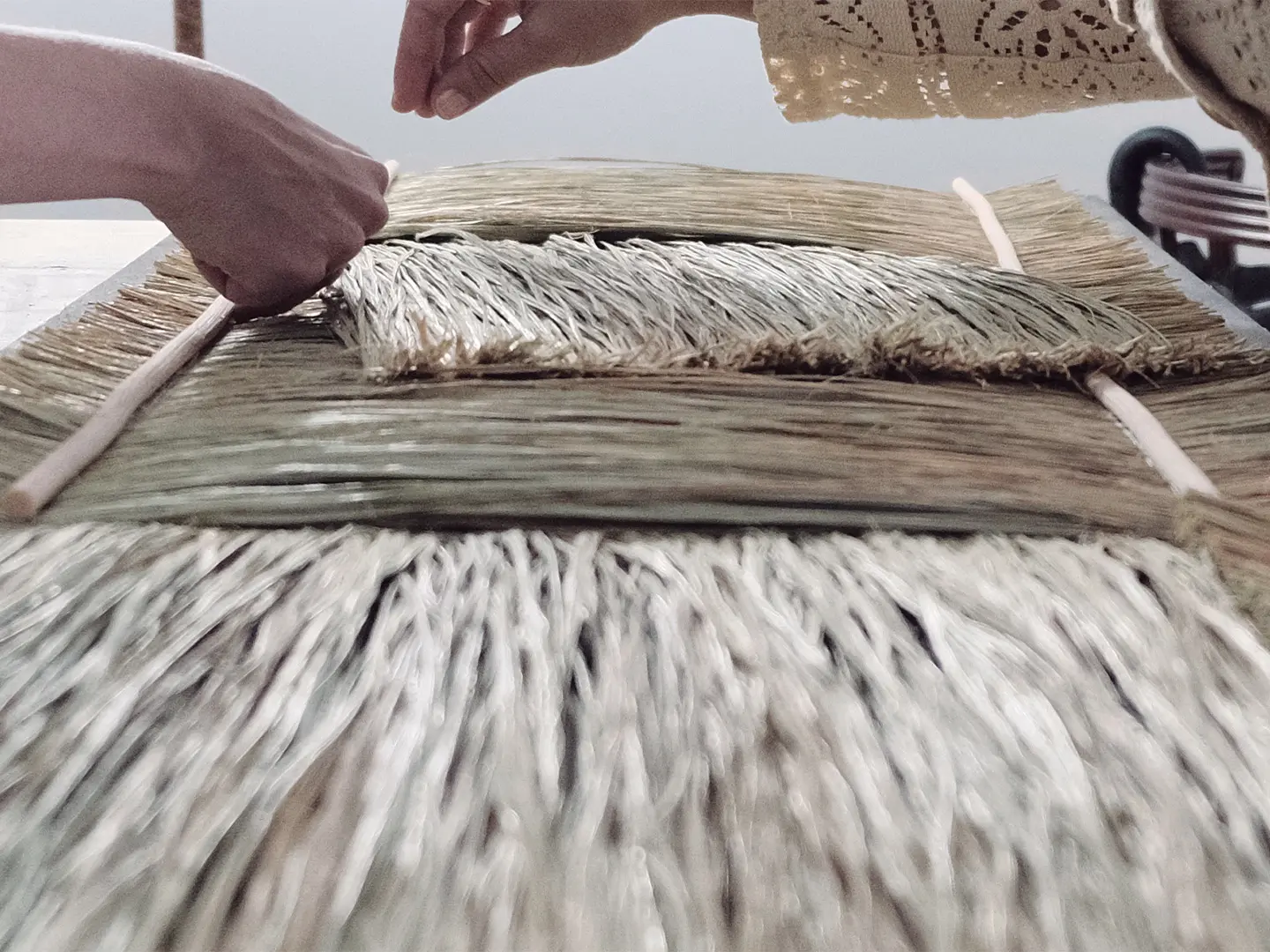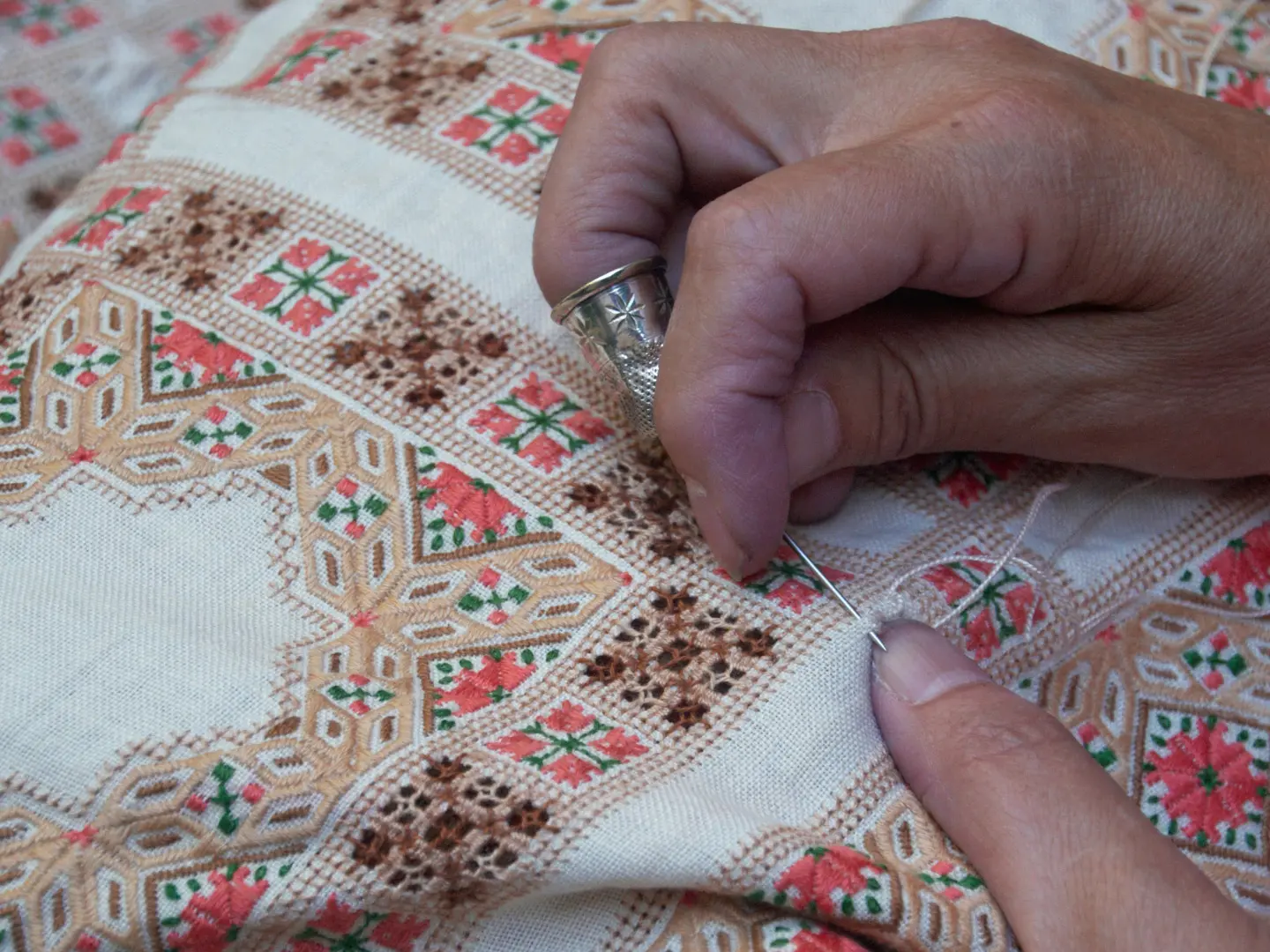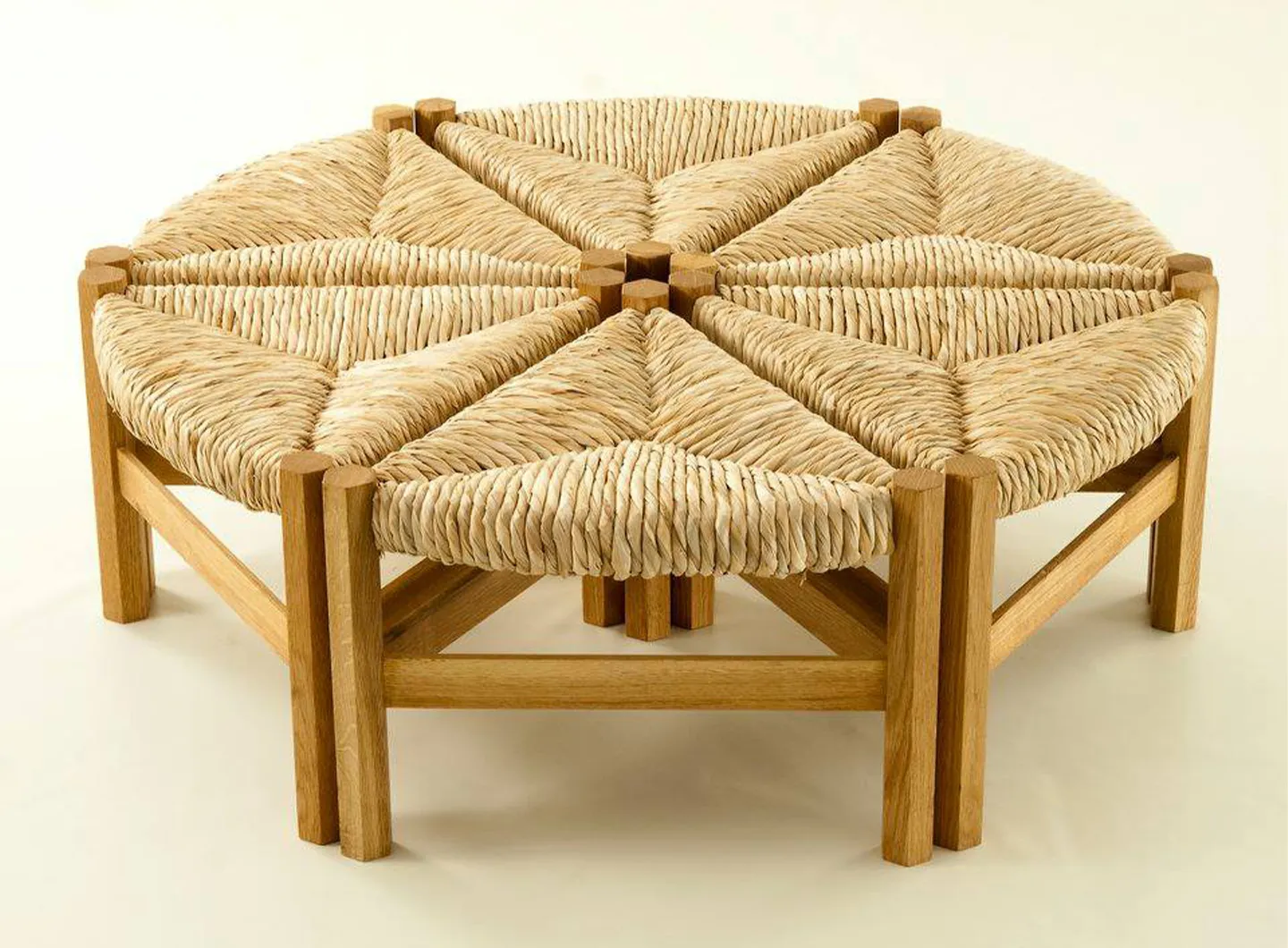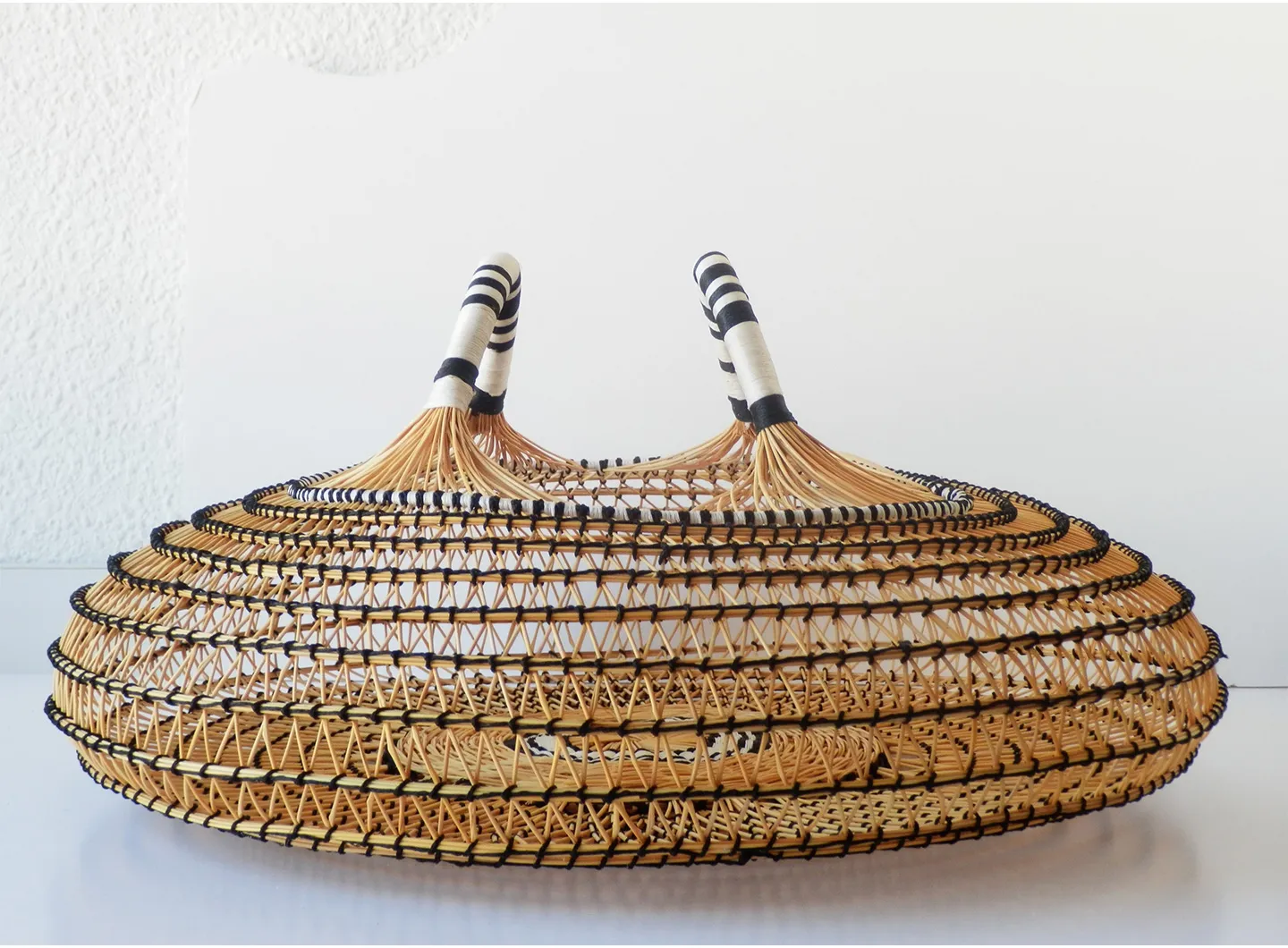In partnership with MiCodmc, a selection of establishments ripe for discovery during the 63rd edition of the Salone del Mobile.Milano, from 8th to 13th April

Process, Alfareria Agustin, photo courtesy
España Artesana was born with the intention of tracing, making visible, cataloging and enhancing the work of Spanish artisans. The interview with Tomás Alía, Spanish ambassador of the Michelangelo Foundation, dedicated to the protection of European artisan excellence
España Artesana responds to an urgent need: to provide visibility to artisan excellence in our own country and spread it internationally. At the “Asociación Contemporánea de Artes y Oficios” (Contemporary Association of Arts and Crafts) we set out to travel throughout Spain to map the workshops, and the España Artesana platform is the result of the cataloguing of 250 artisans by their mastery or skills. The artisan workshops are classified by their place of origin and also by their raw material (clay, leather, textile fiber, vegetable fiber, metal, wood...).

Tomás Alía
The richness and variety of the Spanish artisan cultural heritage is exceptional. We are a European country with probably the richest artisan heritage, but we do not know how to value or exploit it.
It is a reality not sufficiently known by society that the old crafts are getting lost in Spain. From a sustainable perspective, the loss of an artisan trade is as tragic and irretrievable as the loss of an animal species.
An update of craft production from the perspective of Design would help to revitalize the sector and make young people feel this concern and, we could encourage them to study Arts and Crafts and create products adapted to current needs. Artisan products are not sold due to lack of updated design. Objects and patterns are repeated, lacking interest for new consumers. Design creates contemporary languages and links people with the product, design is essential for the existence of this new heritage.

Process, Sagarminaga Atelier, photo courtesy
Since I was born I saw in my home the artisan excellence of an academic teacher from the Royal Academy of Fine Arts, recently named “living treasure”. The work she has always done is to protect an eight-century-old historical legacy of the work of Lagartera with a Sephardic origin and she has been the one who has protected and divulge the work. In 1960, the Government of Spain gave the Queen of Holland a work she had done for the palace table, a gift that represented the Spanish Artisan Excellence. Since then there have been numerous awards, traveling exhibitions all over the world and the recognition, promotion and defense of a unique hallmark of identity, one of the most important that undoubtedly exists in Spain regarding artisan excellence.
My job is to implement and give visibility to the programs that the “Asociación Contemporánea de Artes y Oficios” develops in Spain in collaboration with the Michelangelo Foundation (at a European level). For example, the scholarship program for young apprentices in artisan workshops "Una scuola, un lavoro", the Summer School "Ceramics and Gastronomy in Castilla-La Mancha" that we organized last summer, the selection of Spanish artisans for the Homo Faber exhibition in Venice or for the digital platform Homo Faber Guide.

Process, Cairel Atelier, photo courtesy
A method applied for the first time in Spain for the cataloging of artisan excellence, created by Alberto Cavalli, Director and Alma Mater of the Michelangelo Foundation and collected in his book "The Masters Touch": authenticity, creativity, innovation, originality, talent, competition, training, interpretation, knowhow, territoriality and tradition.
We have to replace the image of dying Crafts in souvenir shops and markets with a new concept of Crafts linked to Design, creativity, sustainability and responsible consumption of local products. We need to replace this for a new concept of Crafts that coexists with Art in the galleries. This international trend has arrived late in Spain.
For this reason we have to promote values such as identity, creativity, originality, skill, quality and excellence. The combination of tradition and modernity. Design combined with the "know-how" of the trades.
Craftsmanship is the result of a long and intense learning of the subjects and the manual skills that excellence requires. In addition to initiatives to preserve, protect and safeguard the heritage represented by artisans, it is essential to invest in the training of young generations and in regulating the transmission of knowledge between teachers and students. The first step, perhaps the most urgent to revive these trades, is training.

In memoriam: David Lynch
The American director has left us at the age of 78. The Salone del Mobile.Milano had the honor of working with him during its 62nd edition, hosting his immersive installation titled “A Thinking Room”. An extraordinary journey into the depths of the mind and feelings. His vision will continue to be a source of inspiration.



 Stories
Stories












